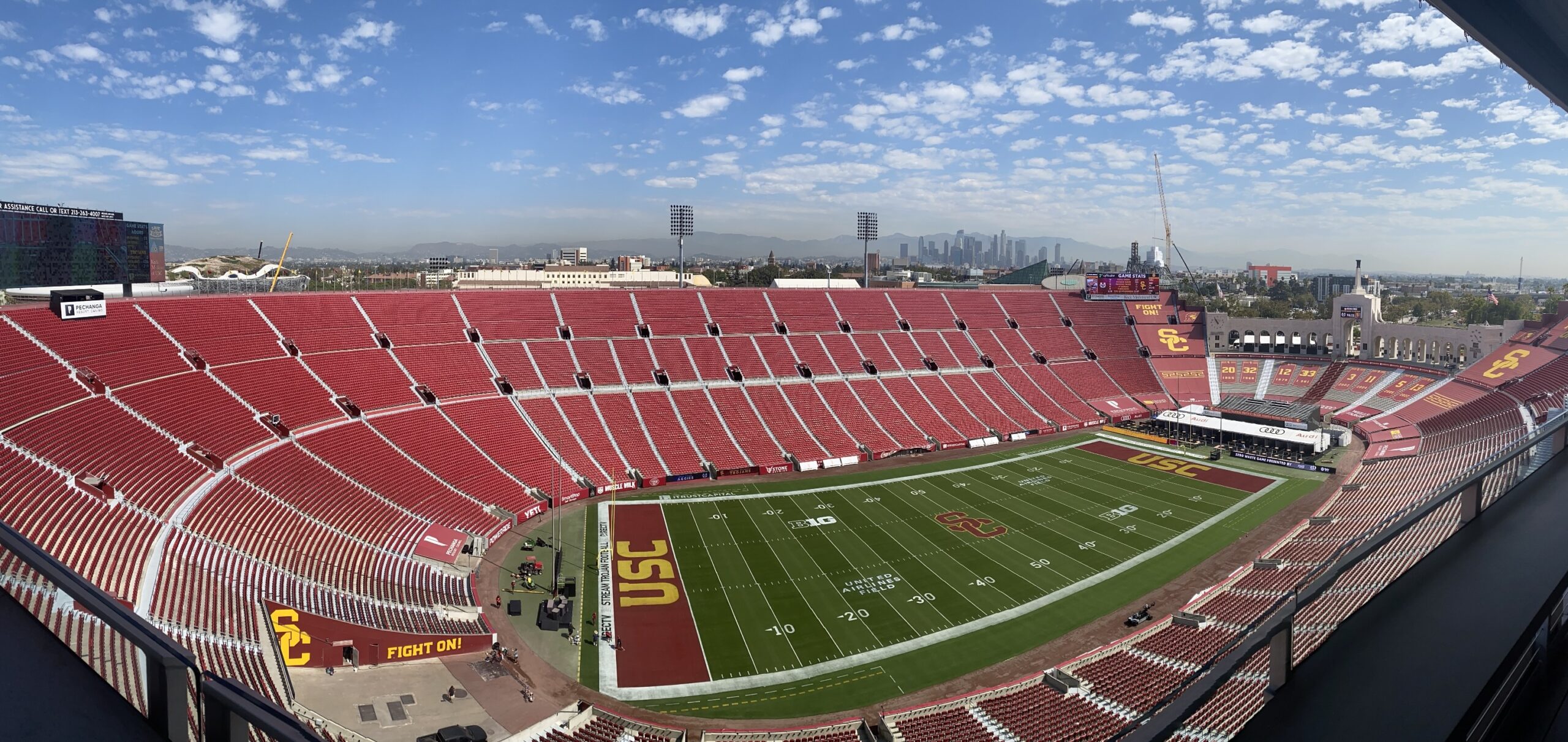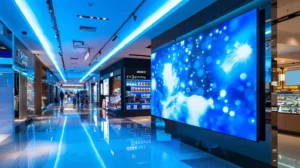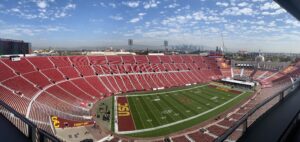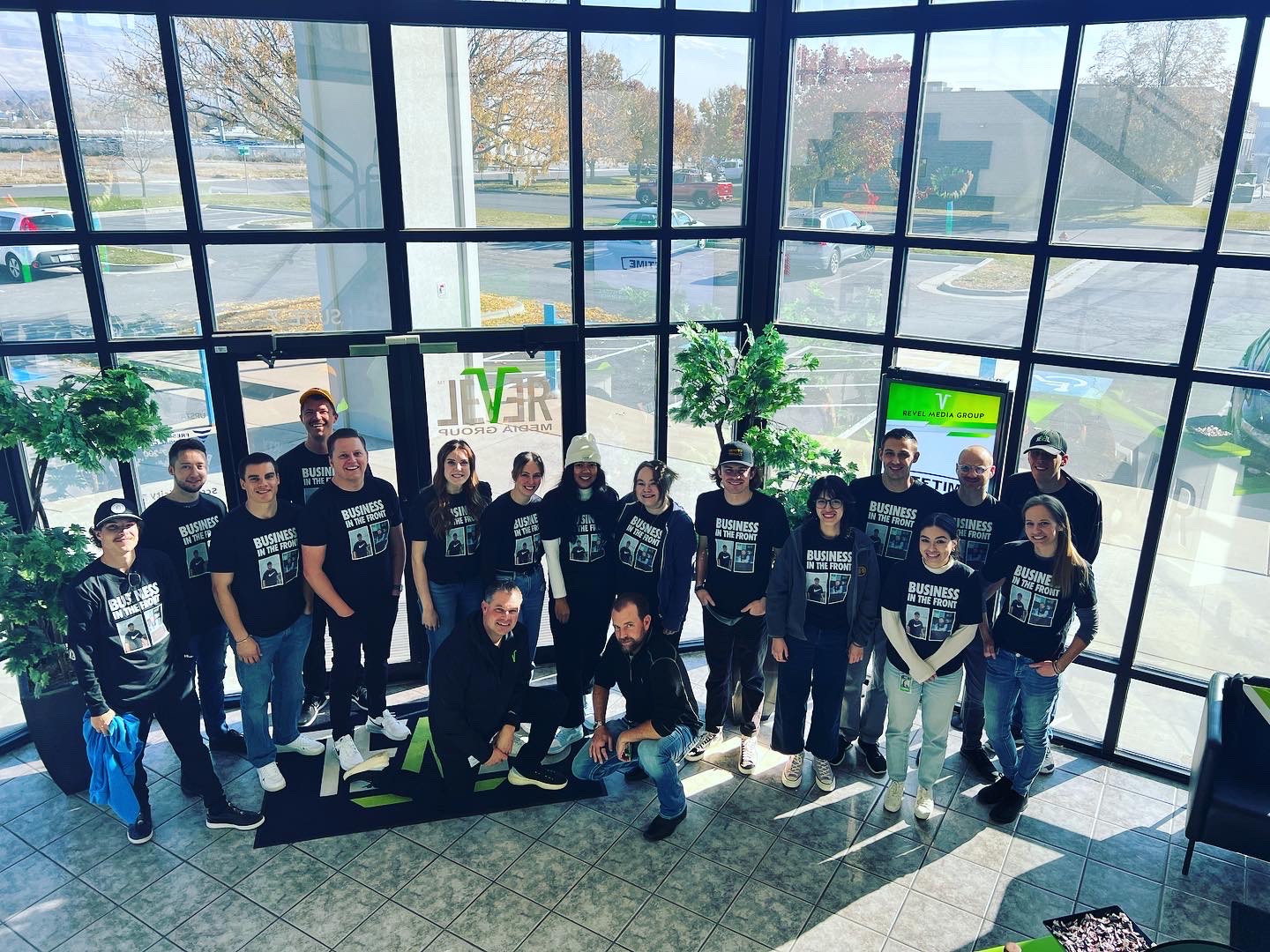Transforming University Campus Displays to Improve Student Communication and Engagement
Are campus displays making a real impact on student communication? This post explains how digital signage transforms campus communication and engagement. It will cover key features of digital signage and offer strategies that enhance student interaction. Readers will learn practical ways to solve communication challenges and boost engagement using effective campus displays.
Understanding the Role of Campus Displays in Student Communication
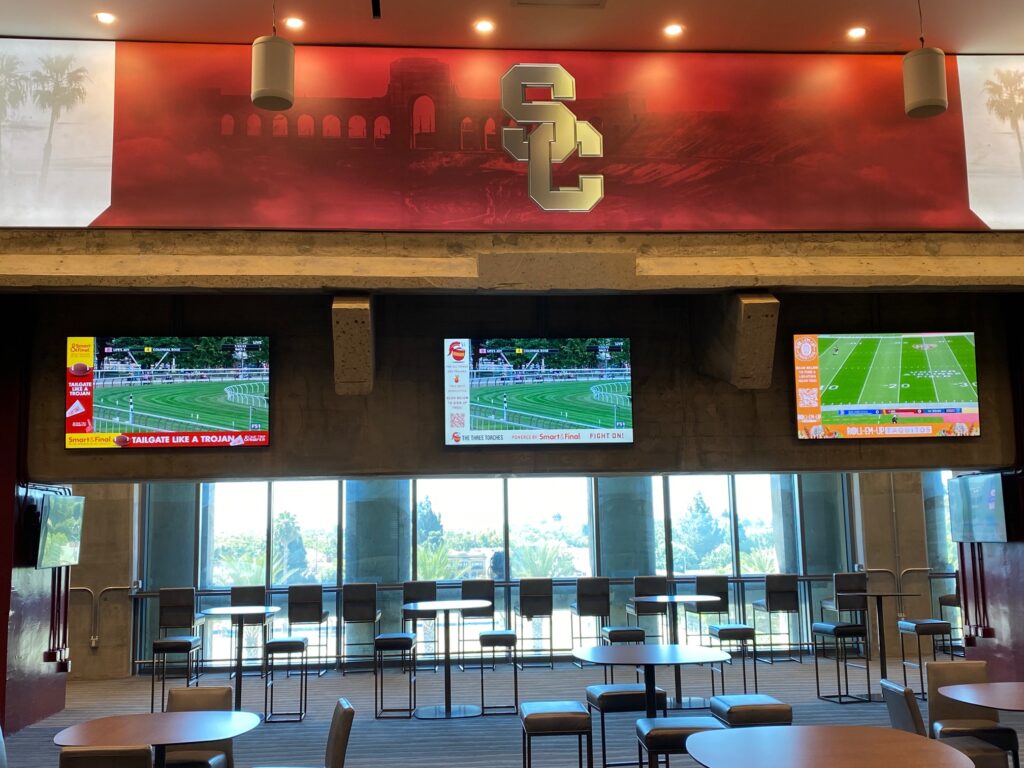
University campuses use a mix of display types, including digital advertising, to meet student needs. Examining communication behavior, teacher input on updated pdf files and videotelephony, this section explains how technology improves engagement to enhance brand engagement. It also outlines options for diverse displays, ensuring connections that boost message retention among students.
Examining Student Needs for Effective Communication
University officials observe that student communication improvements can be achieved by aligning digital signage with needs for secure personal data management and integration with learning management systems. Evidence from practical applications shows that hands-on use of programs designed to broadcast timely academic information helps solidify literacy in contemporary media practices while facilitating interactions through social media.
Experts emphasize that university administrators must consider student perspectives when deploying campus displays for clear communication. Practical evaluations detail how programs that incorporate secure handling of personal data and seamless links to learning management systems contribute directly to improved student literacy and engagement across social media channels.
The Impact of Digital Signage on Engagement
Digital signage directly supports personalized learning by displaying tailored academic updates and emergency alerts that keep students informed. The integration of information and communications technology ensures that these dynamic displays reinforce modern pedagogy while reaching those addressing the digital divide. This approach demonstrates a practical commitment to relevant, up-to-date student engagement strategies.
Universities utilize these systems to enhance student communication by offering clear, accessible messages during critical situations and routine notifications. By emphasizing effective pedagogy and leveraging current information and communications technology, these displays drive engagement and help channel personalized learning experiences, mitigating challenges posed by the digital divide.
Different Types of Campus Displays
Campus displays vary from large-scale digital screens to interactive kiosks that work well with mobile phone connectivity, offering easy access to essential academic updates. This variety of display types fosters a positive image of the institution and allows administration to manage critical communication effectively, even in areas where poverty limits access to conventional technology.
Different display formats incorporate dynamic features that enable administrators to deliver personalized content to students. The integration of such systems, alongside mobile phone interaction, provides a robust management framework that supports secure academic information delivery and overcomes economic challenges affecting student engagement.
Campus displays have reshaped student communication. Now, the focus shifts to the practical elements that make digital signage a trusted tool.
Key Features of Effective Digital Signage
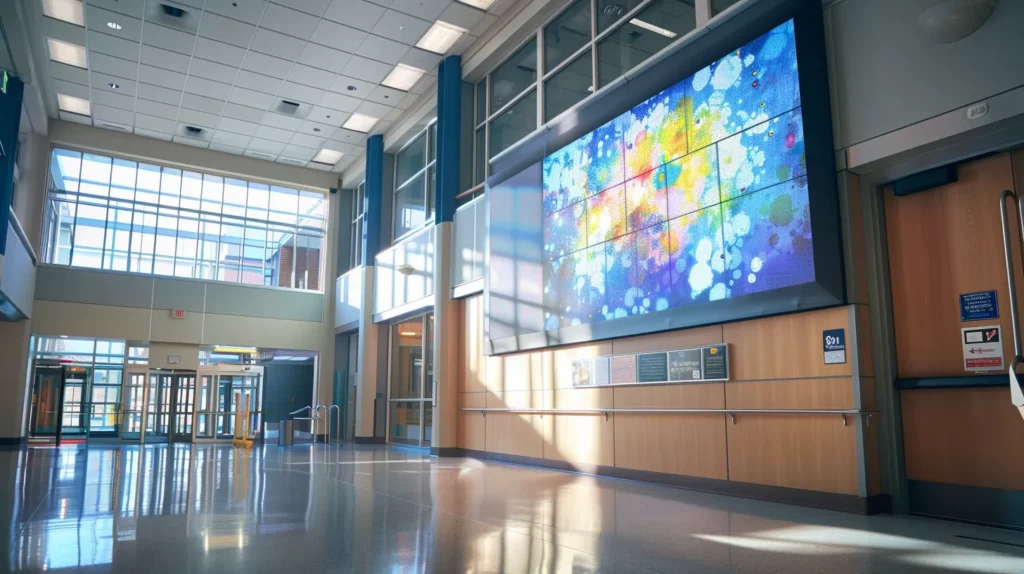
Mobile responsiveness and accessibility, real-time updates and information sharing, and customizable interactive content are central to effective digital displays. This section connects innovation with a hybrid approach in a learning management system, supporting understanding through formative assessment and providing practical insights into modern campus communication. Detailed discussions highlight each key topic further.
Mobile Responsiveness and Accessibility
The campus display system incorporates mobile responsiveness to deliver a dynamic newsletter and timely campus updates directly to smartphones, promoting efficient communication. This feature supports secure learning and up-to-date academic information while ensuring that users can access content anywhere, meeting the needs for easy and sustainable engagement.
By integrating mobile accessibility into digital signage, the campus maintains a consistent learning experience that benefits both students and administrators. The advanced communication setup not only simplifies access to vital information but also reinforces sustainability efforts across the institution, ultimately enhancing the overall academic environment.
Real-Time Updates and Information Sharing
University campus displays utilize robust computer hardware and a stable internet connection to ensure that timely information and essential data reach users promptly, keeping the student body well-informed. This setup transmits messages clearly and reliably, providing a continuous stream of updates that administrators use to address academic and emergency situations.
The system processes and relays data efficiently, combining accurate information efforts with dependable computer hardware. As a result, administrators can deliver critical messages through dynamic displays, ensuring that students have access to the latest updates via the internet, thereby addressing their need for quick and reliable data sharing.
Customizable and Interactive Content
University administrators implement interactive content that adjusts to user needs by using flexible display systems that improve communications for schools and companies. This targeted approach employs analytics and pixel-based technology to provide timely academic updates and personalized content for effective student engagement.
The system captures data insights that support tailored communications and drive informed decisions. Administrators use interactive content to address the challenges of student connectivity, ensuring that every pixel contributes toward a smoother academic experience for schools and company partners.
The features build a solid base that guides smart campus displays. The narrative shifts to clear steps for setting up digital signage across university grounds.
Strategies for Implementing Campus Digital Signage
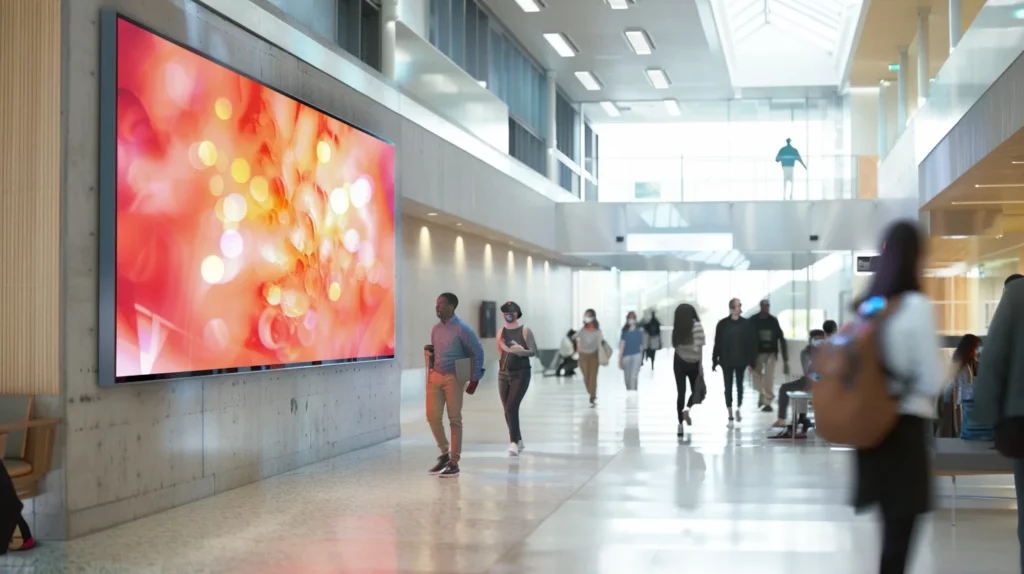
University officials evaluate current communication channels, choose technology aligned with digital transformation, and develop engaging content for diverse audiences. Key strategies include supporting adaptive learning and distance learning initiatives, using infographics to clarify data, and enhancing the overall learning environment, ensuring that each component drives precise improvements in student communication and engagement.
Evaluating Current Communication Channels
University officials review current communication channels to assess the floor level of engagement across campus. They implement expert evaluations and practical insights to pinpoint areas where design and logistics streamline messaging for improved student interaction.
Administrators analyze feedback and system performance to ensure that current channels support timely updates and foster robust engagement. Their approach leverages expert advice in technology design and logistics to boost communication efficiency and satisfy stakeholder needs.
Choosing the Right Technology and Platforms
Selecting suitable technology involves evaluating digital signage options that support an integrated app for streamlined content management. Contemporary systems offer features such as dynamic playlists, interactive whiteboard capabilities, and high-resolution camera support, all designed to streamline conversation and improve student interaction.
University administrations benefit from platforms that provide practical design elements and effective management tools. These systems deliver real-time academic updates through seamless app integration and interactive elements like a whiteboard, while advanced camera functionalities facilitate clear conversation and dynamic content scheduling.
Developing Engaging Content for Diverse Audiences
University administrators use strategic content management to tailor campus displays that support diverse curriculum needs and foster critical thinking among students. Practical implementation includes customizing messages to guide exam preparations and engage students in targeted academic exercise initiatives.
Administrators rely on expert insights when developing engaging content, ensuring that digital signage reflects current curriculum standards and encourages critical thinking. The approach incorporates clear communication strategies and tactical content management techniques that support exam readiness and stimulate routine academic exercise.
Implementing clear strategies has laid solid ground. Next, visual communication draws students in with powerful simplicity.
Enhancing Student Engagement Through Visual Communication
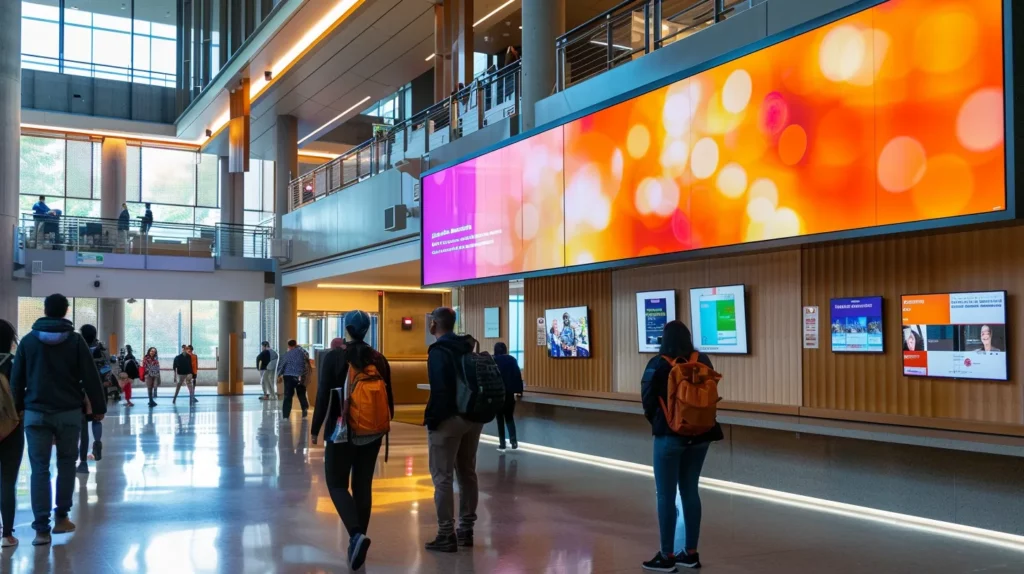
University campuses use digital signage solutions to integrate social media feeds, deliver event promotion and announcements, and showcase student and community stories. This approach, supported by advanced technology services and educational technology, builds a strong brand image and reinforces clear body language through displays, offering practical insights into engagement strategies.
Integrating Social Media Feeds
Integrating social media feeds directly on campus displays allows university administrations to merge live lecture updates with current research findings, supporting student success through real-time engagement. The system works seamlessly with hybrid learning setups and interactive whiteboard features, offering a dynamic platform that bridges on-campus activity and digital interaction.
This method provides an accessible way for universities to spotlight academic events and research breakthroughs while streamlining communication during lectures. The integration assists in delivering clear, concise updates that enhance both the hybrid learning experience and overall student engagement, ensuring that essential information is always at the students‘ fingertips.
Utilizing Event Promotion and Announcements
University administrators utilize event promotion and announcements to boost collaboration and leadership among students. The integration of dynamic campus displays helps unit teams efficiently disseminate information, providing clear nonverbal communication cues for both academic events and social activities in a developing country context.
Institutional leaders employ interactive digital signage to deliver concise and targeted event notifications, fostering engagement and teamwork. This strategic approach supports collaboration across diverse academic units while reinforcing the role of nonverbal communication in driving campus-wide participation and leadership initiatives.
Showcasing Student and Community Stories
The university employs modern displays as a learning platform to broadcast student and community stories that resonate with data and real-life experiences. The system integrates augmented reality features and a qr code option to offer interactive narratives, ensuring that empathy builds a genuine connection among viewers.
Administrators showcase practical examples of campus initiatives and local events through clear visual communication that caters to audience needs. This method leverages dynamic displays and secure content sharing, providing a reliable solution to improve engagement and promote a deeper understanding of community success.
The clear visual tools draw strong attention on campus grounds. Next, real-life case studies show how these updates work in practice.
Case Studies of Successful Campus Display Transformations
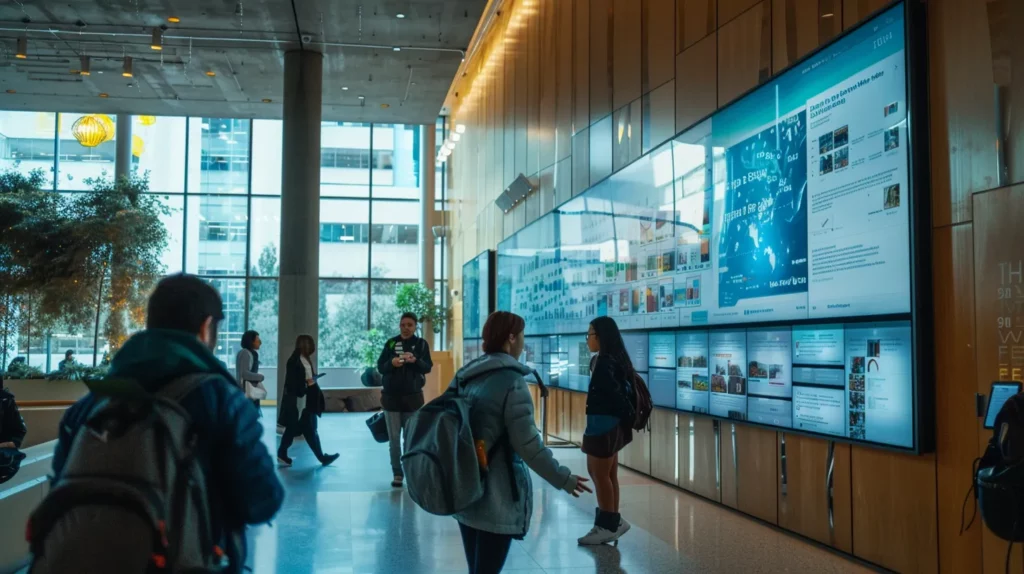
This section reviews case studies highlighting a university event display using a detailed lesson plan and cloud computing, a wayfinding display supporting blended learning, and improved safety protocols with emergency alerts. Each example has yielded positive feedback and robust learning analytics, offering practical insights into effective campus communication.
Example 1: University Leveraging Digital Signage for Events
The university demonstrated the effectiveness of digital signage by integrating it as a tool for broadcasting event details, similar to the role of radio in timely communication. An administrator noted that modern practices in digital displays contributed to efficient event scheduling and community engagement, addressing key challenges in society.
The campus utilized digital signage to facilitate real-time updates for various events, streamlining communication and reducing dependency on traditional radio broadcasts. This method, supported by strategic administrator input, resulted in practices that better informed the campus community and strengthened connections within society.
Example 2: Integrating Wayfinding With Communication
University officials integrated wayfinding with communication by connecting digital displays to a robust management information system, enabling real-time updates across the campus intranet. The integration supports digital learning and allows national students to receive directional and academic updates directly on their smartphone, ensuring accessible and timely information for all.
The institution used practical examples from pilot programs to merge interactive displays with wayfinding features, resulting in streamlined campus navigation for academic events. Administrators observed that this approach improved communication efficiency and supported mobile learning resources, directly addressing student needs for clear guidance and updated campus information.
Example 3: Improving Safety Protocols and Emergency Alerts
University administrators implemented an upgraded digital signage system with a video wall display that improves communication during emergency situations. This initiative focuses on maintaining clear eye contact with students through real-time safety protocols, while integrating a menu of emergency alerts that also supports the needs of nursing staff on campus.
The system delivers precise and actionable alerts during crises, thereby enhancing overall campus safety and engagement. University officials utilize the digital signage to ensure that information is relayed promptly and that the updated features, such as the video wall and streamlined menu, contribute to a more secure environment for every campus community member.
Recent stories show clear wins in turning displays into powerful communication tools. Next, new trends in digital screens and student talk set the stage for bold changes.
Future Trends in Campus Digital Signage and Student Communication
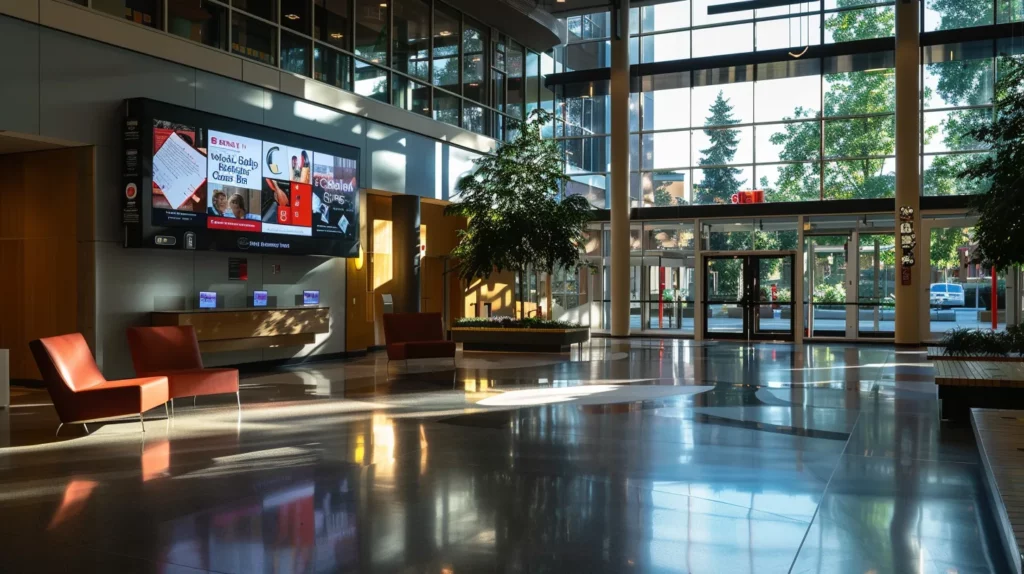
University campus displays are set to benefit from artificial intelligence that supports personalization through active listening and summative assessment. Virtual and augmented reality applications, coupled with touchscreen technology and text messaging, will build interactive, gamified experiences to boost student engagement. These trends offer practical improvements to student communication across campus.
The Role of Artificial Intelligence in Personalization
Artificial intelligence introduces advanced skill sets that allow campus digital signage to personalize academic updates with precision, ensuring that administrators can efficiently communicate essential messages according to the needs of each student. AI-driven personalization supports real-time evaluation of content, making it easier for universities to create targeted communications that align with evolving academic requirements.
AI enables the tailoring of signage content based on student engagement data, allowing operators to communicate timely academic updates with clarity and efficiency. This smart integration performs continuous evaluation of user interactions, resulting in communication strategies that enhance the overall learning experience and address students‘ needs effectively.
Virtual Reality and Augmented Reality Applications
Virtual reality and augmented reality applications offer promising opportunities for enhancing student engagement in academic settings. During the pandemic, these technologies played a significant role in supporting remote tutoring and simulating immersive learning experiences that drive academic success among students.
University campus displays can integrate virtual reality to create interactive content that directly assists students in navigating complex subject material. By incorporating AR elements, institutions provide an intuitive interface for timely tutoring, ensuring clear communication that supports overall academic success even in challenging times.
Engaging Students Through Gamified Experiences
University administrators recognize gamified experiences as a key driver for improved student communication on campus displays. Through interactive modules and challenges, school communication becomes more engaging, offering actionable insights that align with effective web conferencing practices, which in turn contribute to increased revenue by boosting participation at college events.
Digital signage, when integrated with gamified elements, provides an effective platform for learning that resonates with the diverse needs of students. Practical examples demonstrate that by incorporating interactive displays within school environments, campuses can improve student participation while supporting robust web conferencing capabilities and generating measurable revenue growth for college initiatives.
Conclusion
University campus displays drive efficient communication by adapting to student needs and technological advancements. University officials actively integrate digital displays to deliver tailored academic updates and timely emergency alerts. Administrators harness interactive content to foster strong connections and encourage a more involved academic community. This transformation strengthens student engagement and enhances overall campus safety and learning experiences.

